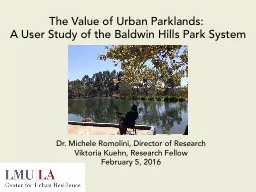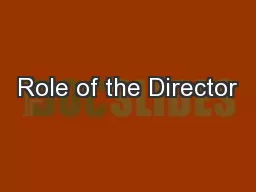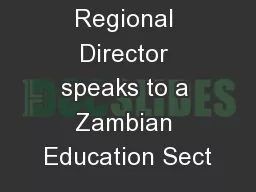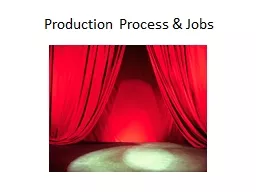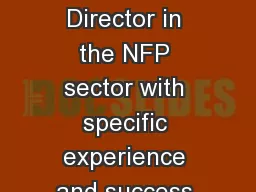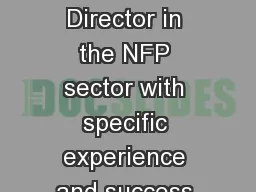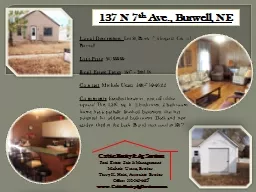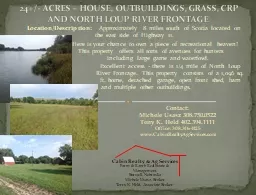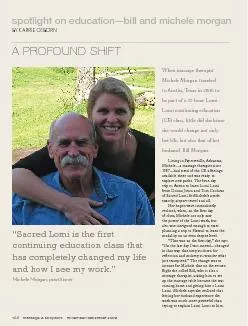PPT-Dr. Michele Romolini, Director of Research
Author : provingintel | Published Date : 2020-06-23
Viktoria Kuehn Research Fellow February 5 2016 The Value of Urban Parklands A User Study of the Baldwin Hills Park System Semiannual Report Season 1 Overview
Presentation Embed Code
Download Presentation
Download Presentation The PPT/PDF document "Dr. Michele Romolini, Director of Resear..." is the property of its rightful owner. Permission is granted to download and print the materials on this website for personal, non-commercial use only, and to display it on your personal computer provided you do not modify the materials and that you retain all copyright notices contained in the materials. By downloading content from our website, you accept the terms of this agreement.
Dr. Michele Romolini, Director of Research: Transcript
Download Rules Of Document
"Dr. Michele Romolini, Director of Research"The content belongs to its owner. You may download and print it for personal use, without modification, and keep all copyright notices. By downloading, you agree to these terms.
Related Documents

